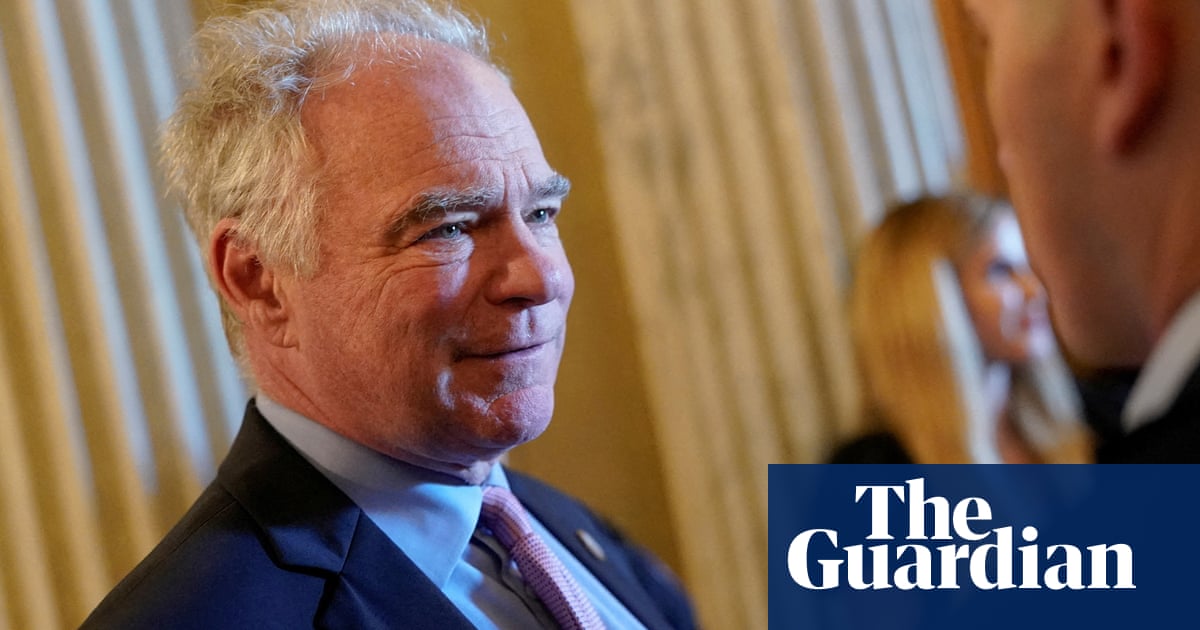The recent resignation of James E. Ryan as the president of the University of Virginia has sparked significant discussion. His departure came after mounting pressure from the Trump administration concerning the university’s diversity, equity, and inclusion (DEI) initiatives.
Ryan, who had been at the helm since 2018, stated he chose to step down rather than engage in a lengthy conflict with the federal government. In his message to the UVA community, he expressed his commitment to the university but acknowledged that fighting for his position could harm many others associated with the institution, including employees and students relying on federal support.
Robert D. Hardie, who oversees UVA’s governing board, expressed his sadness about Ryan’s resignation, praising his exceptional leadership and the growth the university experienced under his guidance.
The circumstances surrounding Ryan’s exit are noteworthy. The Trump administration’s scrutiny of DEI programs has increased, leading to actions against several universities, including Harvard. Their approach reportedly includes the possibility of withdrawing federal funding from institutions perceived as maintaining such initiatives.
This instance stands out, as it marks a rare case where a university president faced demands for resignation linked to DEI practices. A White House representative condemned DEI, claiming it was divisive and detrimental to society. This has drawn a mix of reactions across social media, with some users supportive of the administration’s stance while others view it as an attack on educational progress and inclusion.
Historical context highlights that DEI programs have gained traction in American higher education over the past two decades, reflecting a broader societal push for inclusivity. However, recent political actions signal a possible shift away from these initiatives, stirring debate about their impact on academic environments.
Critics, particularly from conservative circles, have accused Ryan of not doing enough to comply with federal policies aiming to dismantle DEI. Meanwhile, others, including Virginia’s Democratic senators, have articulated concerns over the administration’s meddling in university governance, calling it a misstep that could jeopardize Virginia’s future.
Social media trends indicate divided opinions, with proponents of DEI asserting its importance in creating equitable educational opportunities. In contrast, opponents argue for the need to prioritize merit over demographic considerations, illustrating the broader cultural divide on this issue.
As universities navigate these politically charged waters, they face challenges in balancing federal expectations with their missions to foster diversity and inclusion. This case at UVA may influence how higher education institutions approach DEI going forward, particularly with federal funding on the line. The evolving landscape will undoubtedly continue to draw attention and provoke discussion in the months ahead.






















